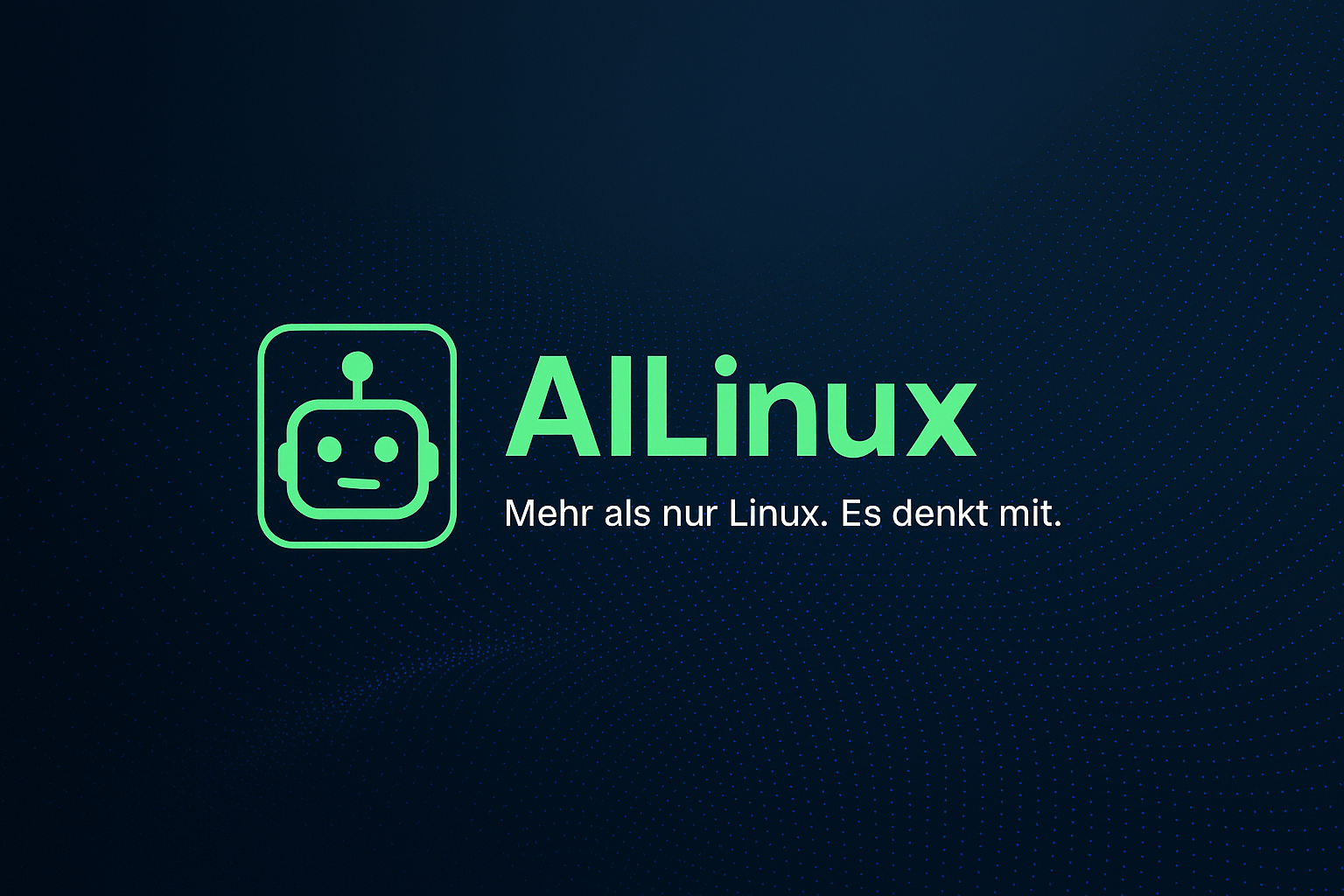As developers, we sometimes go overboard with features, colors, or visual effects. But when it comes to UI, less is often more.
Minimalist interfaces aren’t just trendy — they’re practical. A clean, uncluttered UI reduces cognitive load, looks more professional, and makes it easier for users to focus on what matters.
Here are a few things I’ve learned building stripped-down, minimal UIs that still feel intentional and engaging.
1. Neutral Backgrounds Are Your Best Friend
White is common, black is bold, but lately, I’ve been using grey backgrounds for a lot of my personal projects. They’re subtle, help foreground elements stand out, and are easier on the eyes—especially for internal tools or dashboards.
If you’re working with raw images or mockups and want a quick way to neutralize the background, this tool here automatically removes the existing background and replaces it with a soft grey tone. No design software needed.
2. One Accent Color Is (Usually) Enough
If everything is bold, nothing is bold. Stick to one color for highlights — buttons, links, callouts — and use it consistently. I often use soft blues or greens for this, depending on the project vibe.
Bonus: limiting your color palette also makes your app easier to style if you’re using Tailwind, Bootstrap, or CSS variables.
3. Embrace Whitespace
Whitespace isn’t empty space — it’s breathing room. It helps separate content, makes text more readable, and gives your interface a sense of calm.
Whenever my layout feels messy, I start adding padding and margin until everything feels like it has space to breathe.
4. Strip the Noise, Keep the Function
Icons are great, but don’t use five when one will do. Don’t fill every corner with a stat or status badge. Ask yourself: “Would I still ship this if I had to pay $1 for every element?” It’s a surprisingly useful filter.
Final Thoughts
Minimalist UI isn’t about removing features — it’s about removing friction. By leaning into simplicity and making small design decisions (like using a neutral grey background), you can build interfaces that are both elegant and effective.
